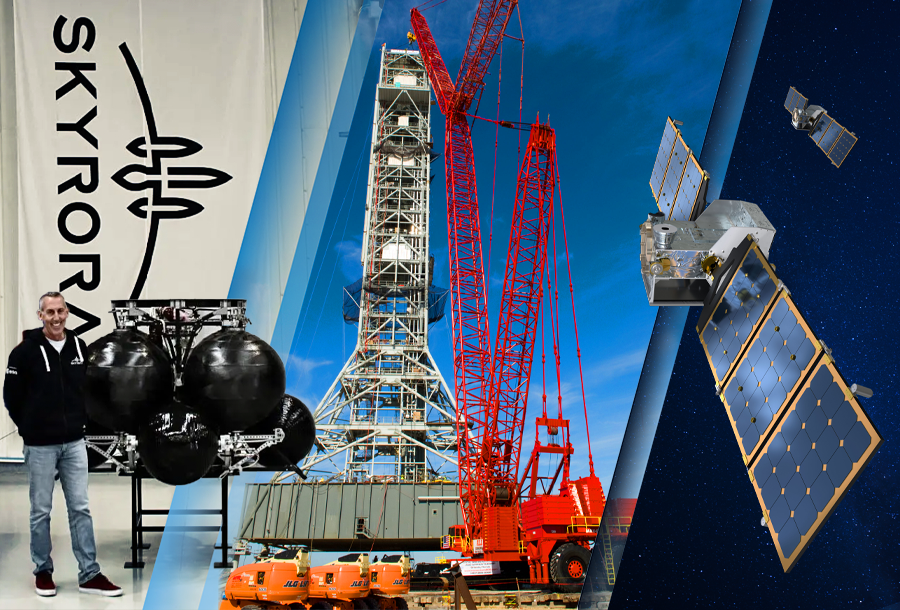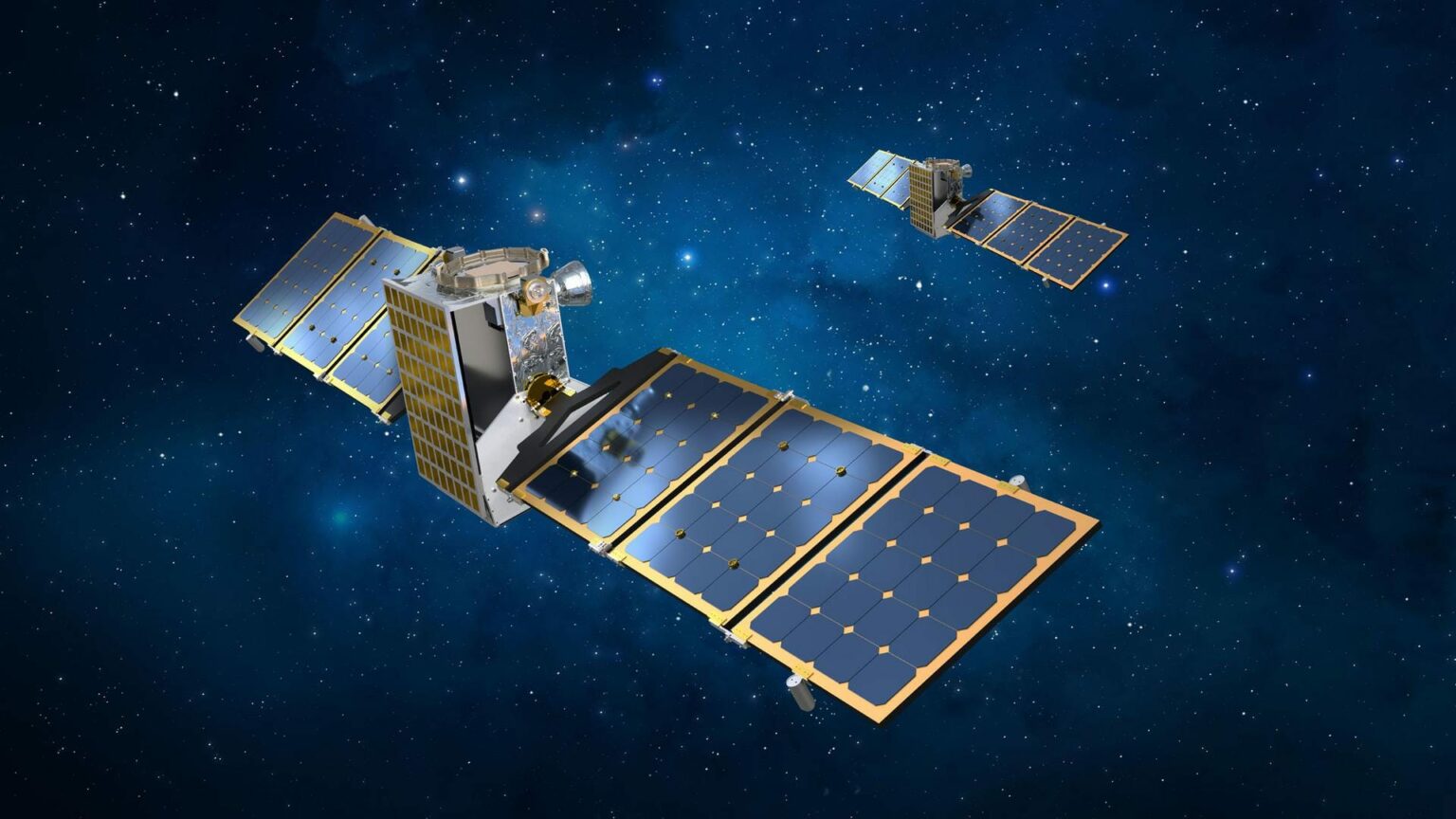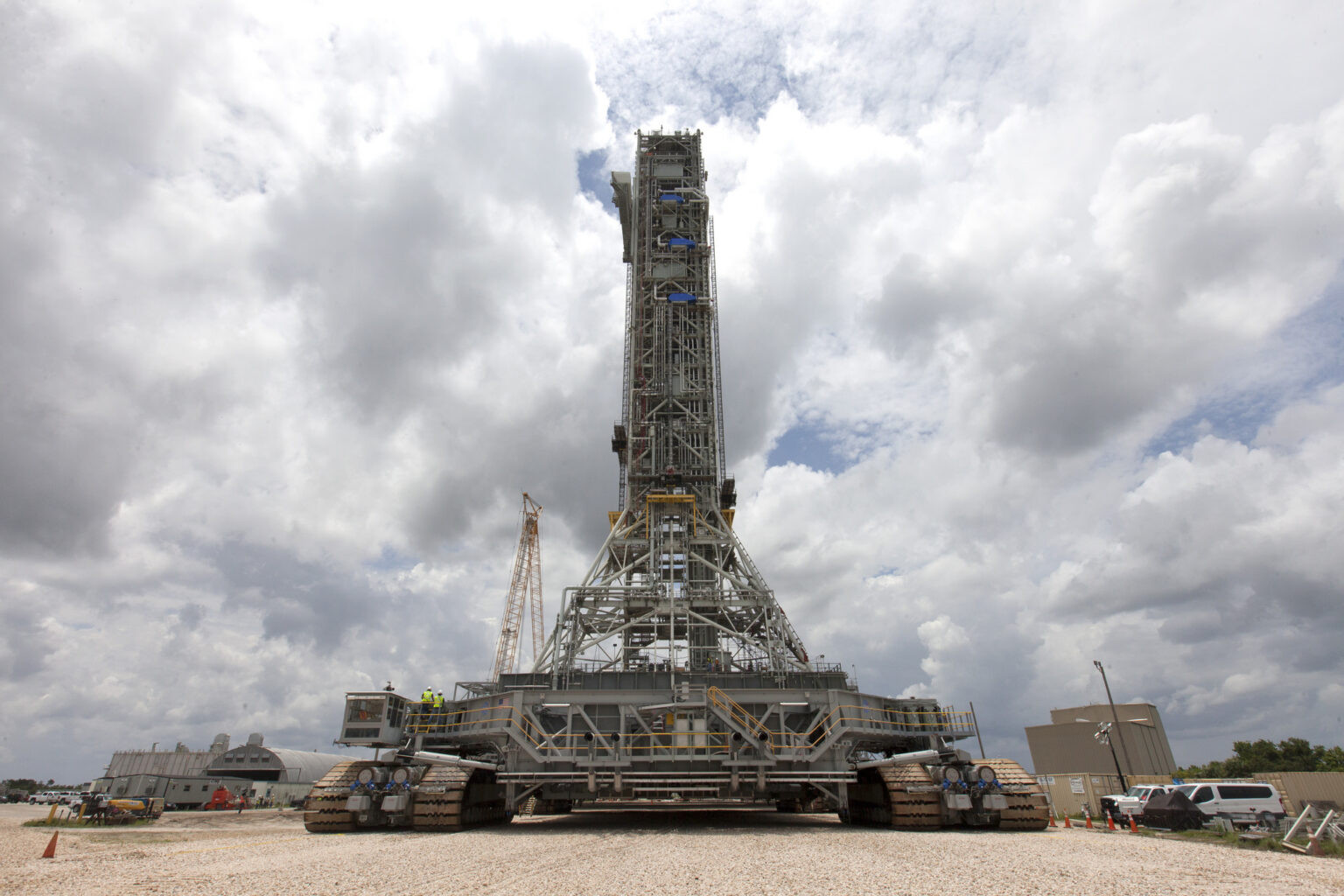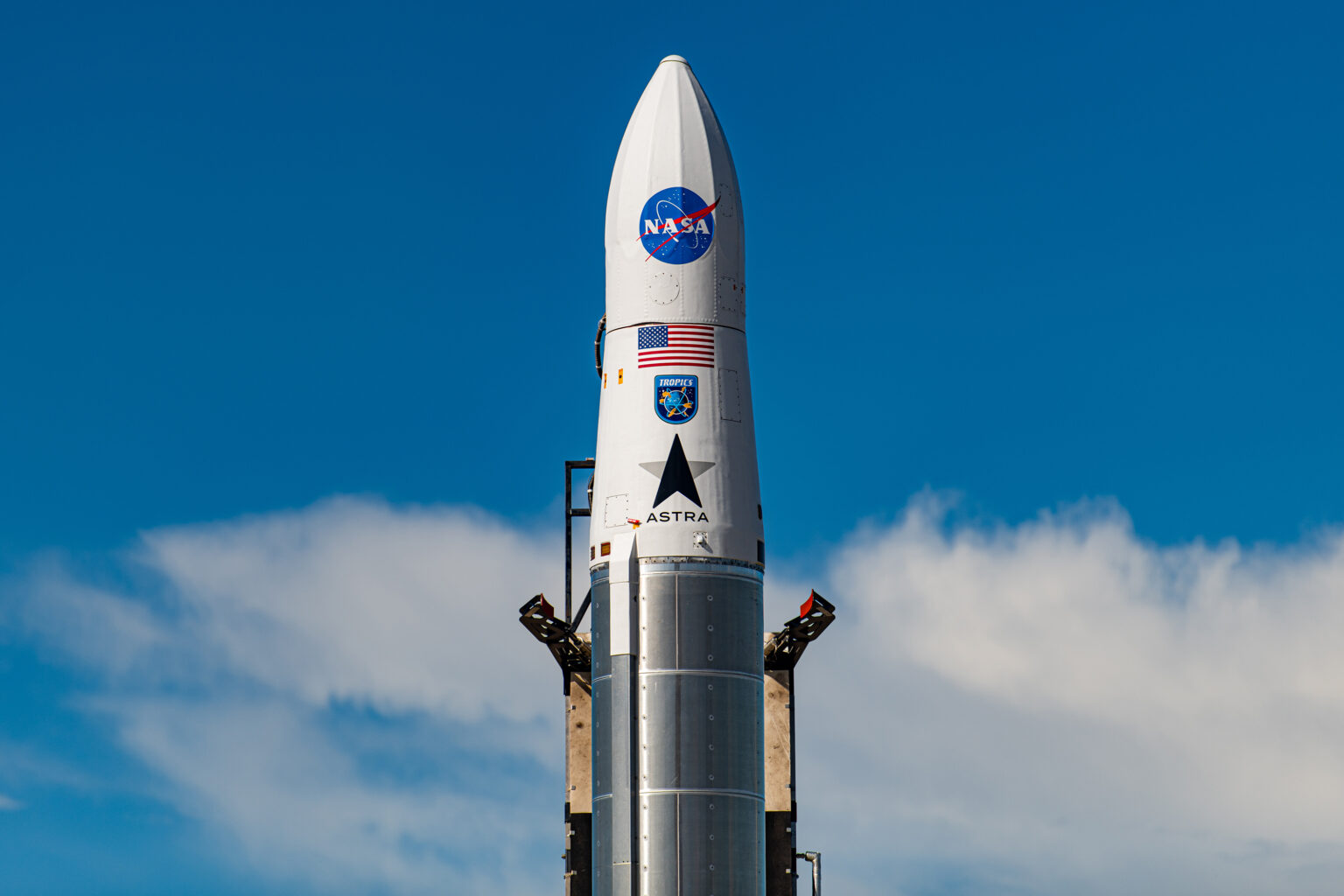Selection of the most interesting space news for breakfast: Auditors revealed cost overruns when creating a mobile launch platform for the SLS rocket, the Janus mission will receive new targets, a satellite production plant will appear in Poland, and NASA will take up the study of UFOs.

Psyche launch delay forces to revise Janus Mission Targets
Due to the postponement of the launch of the Psyche spacecraft, the Janus mission (it will be launched together with it as an additional cargo) will no longer be able to visit the 1991 VH and 1996 FG3 binary asteroids. Therefore, the project management began to search for alternative goals. According to experts, they were able to identify several other asteroids to which Janus could be directed. The specific choice of new targets for the mission will depend on the exact launch day of Psyche.

Market News
NASA audit reveals massive overruns in SLS mobile launch platform
The Office of the Inspector General of NASA (OIG) published a report in which it sharply criticized the company Bechtel. It is engaged in the construction of a mobile platform that will be used for the launches of the superheavy SLS Block 1B rocket.

The contract for the creation of the platform was issued in July 2019. According to its terms, Bechtel was supposed to deliver it to NASA in March 2023. The transaction amount was USD 383 million. However, the construction of the platform turned into a massive cost overruns. At the moment, Bechtel estimates the cost of its manufacture at USD 960 million for delivery in October 2025. But according to the report of auditors from OIG, the situation is even worse and the creation of the platform will cost USD 1.5 billion if it is ready only by the end of 2027.
Rocket Lab to build solar panels for GLIDE mission
Ball Aerospace has chosen Rocket Lab to produce solar panels for the GLIDE (Global Lyman-Alpha Imager Dynamic Exosphere) heliophysical mission. Within its framework, a spacecraft will be launched into near-Earth orbit, which will study the variability of the Earth’s atmosphere. The launch of the mission is scheduled for 2025. GLIDE will go into space together with the SWFO-L1 spacecraft, which will also be built by Ball Aerospace and equipped with solar panels manufactured by Rocket Lab.
Plant for the production of nanosatellites appears in Poland
The Polish aerospace company SatRev has announced its intention to build the country’s first plant for the production of nanosatellites. The Legnica Special Economic Zone has been chosen as its location. Under the terms of the agreement with its owners, SatRev intends to become the first satellite manufacturer in the world to use 100% of the energy received from renewable sources in its production cycle.
SatRev specializes in the development, production and operation of optical satellites and space programs for Earth observation. In the medium term, the company plans to build a grouping consisting of more than a thousand spacecraft.
The former vice president of SpaceX became the chief operating officer of Skyrora
British aerospace startup Skyrora has hired a retired colonel of the US Air Force and former vice president of SpaceX, Lee Rosen, as chief operating officer.
Rosen served 23 years in the U.S. Air Force, holding command positions at Vandenberg Air Force Base and Cape Canaveral. In the ranks of SpaceX, he went from launch director to head of construction of the launch pad for the Falcon 9 and Falcon Heavy rockets. Later, he took the position of SpaceX vice president for flights and launches, and also managed the company’s operations and training of participants in manned space flights. Rosen left the ranks of SpaceX at the end of 2021.
Astra ready for the first launch under the TROPICS program
Astra Space has announced its readiness for the first of three launches under the TROPICS program (Time-Resolved Observations of Precipitation structure and storm Intensity with a Constellation of Smallsats). Within its framework, the Rocket 3.3 rocket launched from the Cape Canaveral cosmodrome will launch a pair of small NASA satellites into near-Earth orbit, designed to monitor the formation and evolution of hurricanes. If approved, Astra intends to launch on June 12.

Inmarsat starts testing the replacement of the European navigation system
Satellite operator Inmarsat announced the beginning of the transmission of a test navigation signal from its old satellite I-3 F5. This should help to compensate for the space capabilities lost by the UK after Brexit.
Inmarsat heads a group of British companies that are developing an alternative to the European Geostationary Navigation Service (EGNOS), which is used by European countries to expand and improve GPS services in the region. Last summer, the UK lost access to its satellites and ground stations of the system as a result of leaving the EU.
Interesting
NASA to study UFOs
NASA has announced the gathering of a team of scientists who will actually study UFOs (the organization prefers to use the less catchy term “unidentified aerial phenomena”). Researchers will carefully analyze documented sightings of objects in the sky that have not been identified as airplanes or other natural phenomena. In the process of their work, they will use artificial intelligence and machine learning technologies. The study starts in early autumn and will last nine months.

Raed also: ESA Comet Interceptor, Chinese Space Power Plant and Patch for Ingenuity: News Digest
Follow us on Twitter to get the most interesting space news in time
https://twitter.com/ust_magazine

